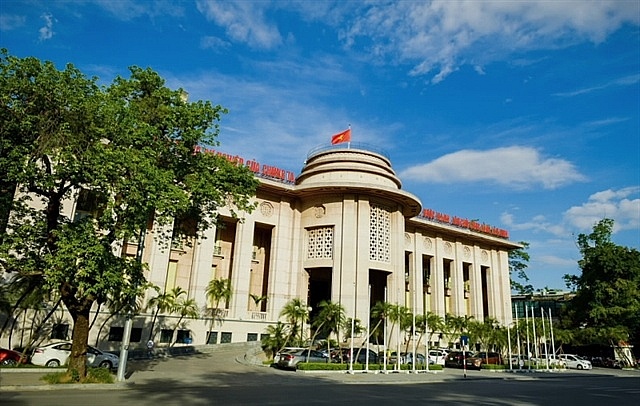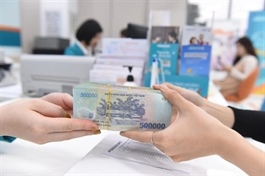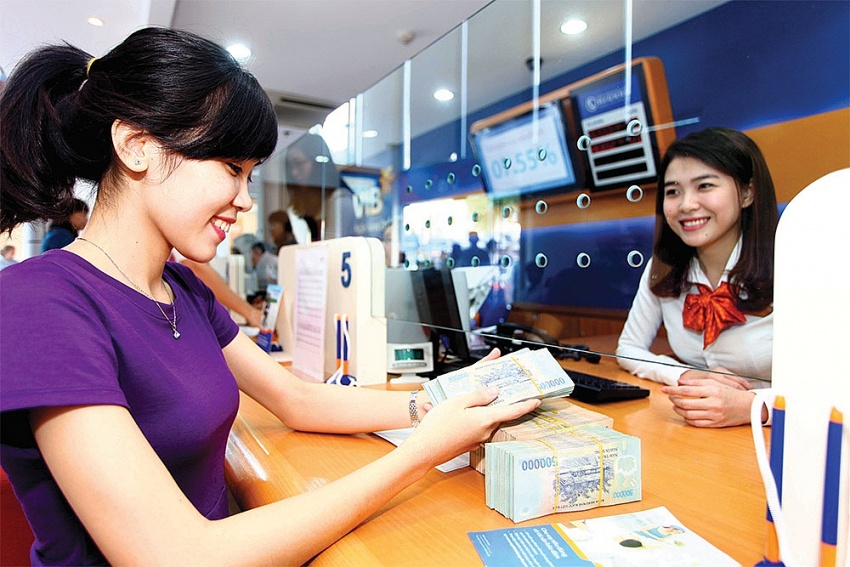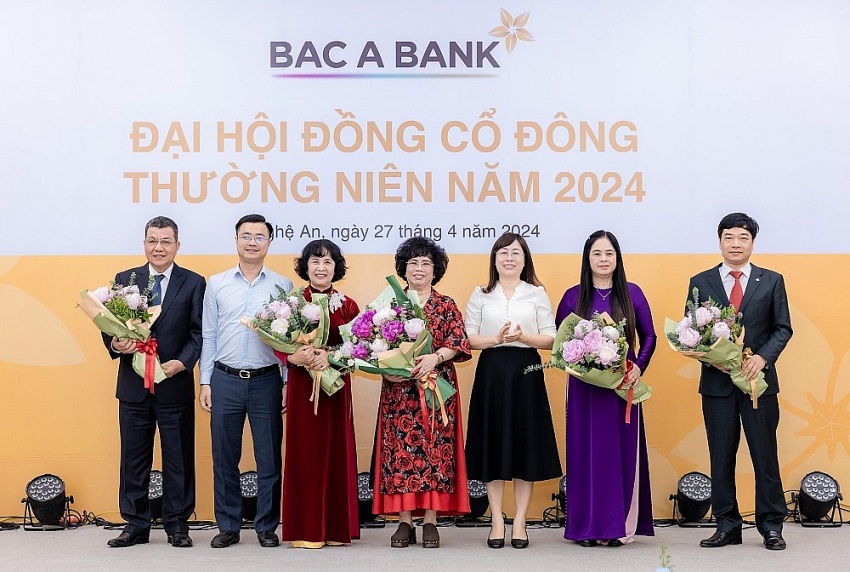Exchange rate pressures could affect interest rates
Exchange rate pressures could affect interest rates
The VND/USD exchange rate has increased by 4.9 per cent since the beginning of the year, compared to an increase of 2.6 per cent for the whole of 2023. This exchange rate pressure is expected to lead to an increase in interest rates, according to the State Bank of Vietnam (SBV).

The SBV's announcement came on May 3, stating that the exchange rate is now at VND24,242 for $1. Earlier this year, it was predicted that the exchange rate would increase by about 3-5 per cent for the whole of the year. However, the exchange rate has already hit that level in the first quarter alone.
This has raised concerns as the exchange rate is expected to lead to an increase in lending interest rates, while recovery in orders is slow and input costs are rising. The outlook is even worse for importers, causing many companies to forecast losses of hundreds of billions of VND.
Speaking at a conference on monetary policy in March, Dang Ngoc Hoa, chairman of the Board of Directors at Vietnam Airlines, said, "When the exchange rate increases by 1 per cent, we can lose up to $12.5 million per year, and if it fluctuates by 5 per cent, the additional cost will be $62.5 million. Vietnam Airlines very much desires exchange rate stability at the lowest possible level."
The excessively low-interest rate environment in recent times has adversely affected the exchange rate, forcing policymakers to weigh these two factors carefully.
The SBV has taken measures such as withdrawing excess liquidity from the system, increasing interest rates on the open market operations (OMO) channel, and intervening in the foreign exchange market.
From March 11 to 28, the SBV resumed using the bill channel to net withdraw about $7 trillion from the banking system, all with a 28-day term and interest rates ranging from 1.3-2.5 per cent per year.
In April, overnight interest rates in the interbank market resumed their upward trend, sometimes nearly reaching the 5 per cent ceiling according to regulations. This is also the highest interest rate level in the interbank market since May 2023.
"The SBV manages in a manner that ensures stability and will closely manage the foreign exchange market to ensure appropriate supply and demand," said Pham Chi Quang, head of the Monetary Policy Department at the SBV.
Starting from April 23 trading session, the SBV raised the interest rate on the OMO channel from 4 per cent to 4.25 per cent per year. At the same time, the volume of liquidity support through the OMO channel also saw the strongest increase in many years.
The wave of increasing deposit interest rates is spreading wider and wider, with 16 banks adjusting their savings interest rates in April alone.
Among them, some banks have adjusted savings interest rates 2–3 times for certain terms. OceanBank has made the strongest increase in interest rates, with an average increase ranging from 0.1-0.9 per cent per year. After this adjustment, the market has seen savings interest rates return to over 6 per cent per year.
OceanBank and OCB are also the two leading banks in terms of fixed-term deposit interest rates for 24 months, at 6 per cent and 5.8 per cent per year, respectively. VietBank and Saigonbank are also maintaining a 5.8 per cent interest rate for deposits with terms of 24–36 months.
At VietinBank's AGM on April 27, Do Thanh Son, CEO of the lender, told shareholders that interest rates are sure to increase under exchange-rate pressures.
Similarly, at ACB's AGM, Tran Hung Huy, chairman of the Board of Directors of ACB, predicted that the increase in interest rates from now until the end of the year will not be significant, although there is a possibility that interest rates will inch up each quarter.





























